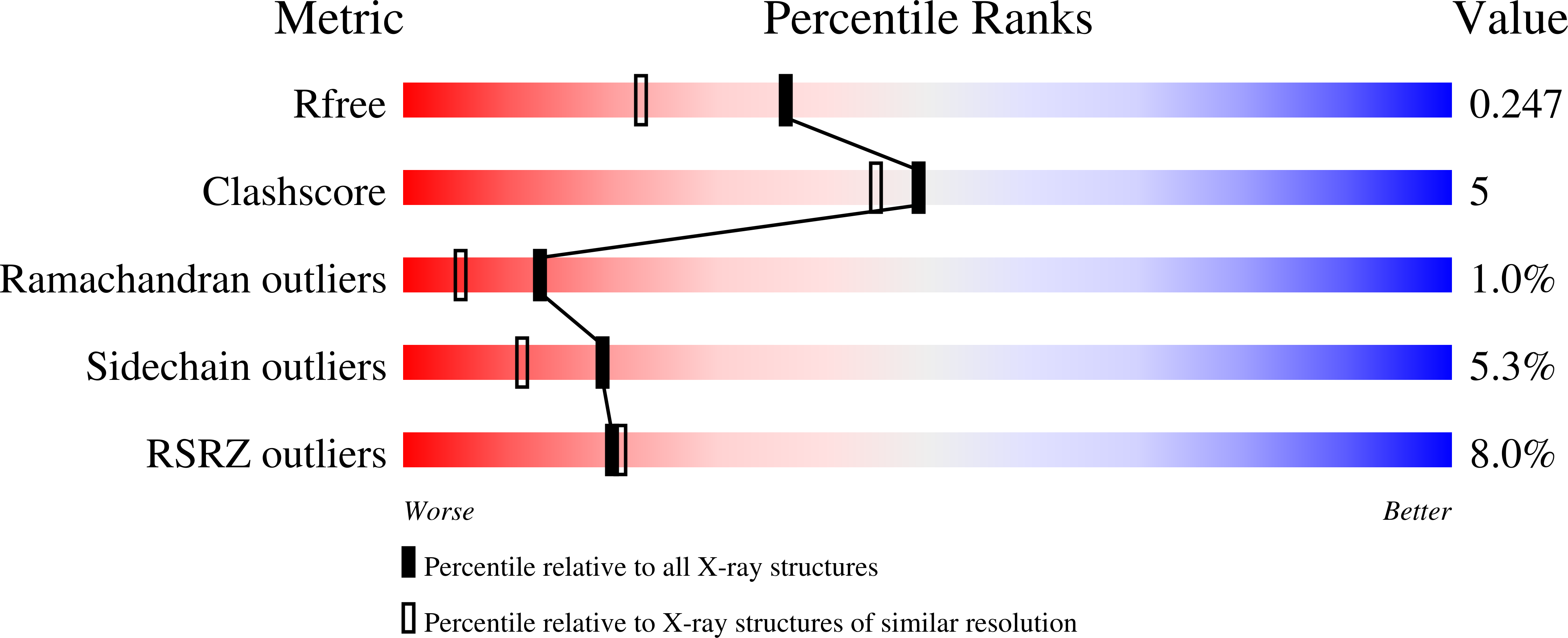
Deposition Date
2025-01-10
Release Date
2025-10-22
Last Version Date
2025-11-05
Entry Detail
PDB ID:
9HYT
Keywords:
Title:
Crystal structure of the GFRaL receptor in complex with an inhibitory cyclic peptide
Biological Source:
Source Organism:
Homo sapiens (Taxon ID: 9606)
synthetic construct (Taxon ID: 32630)
synthetic construct (Taxon ID: 32630)
Host Organism:
Method Details:
Experimental Method:
Resolution:
1.90 Å
R-Value Free:
0.24
R-Value Work:
0.19
Space Group:
C 2 2 21


